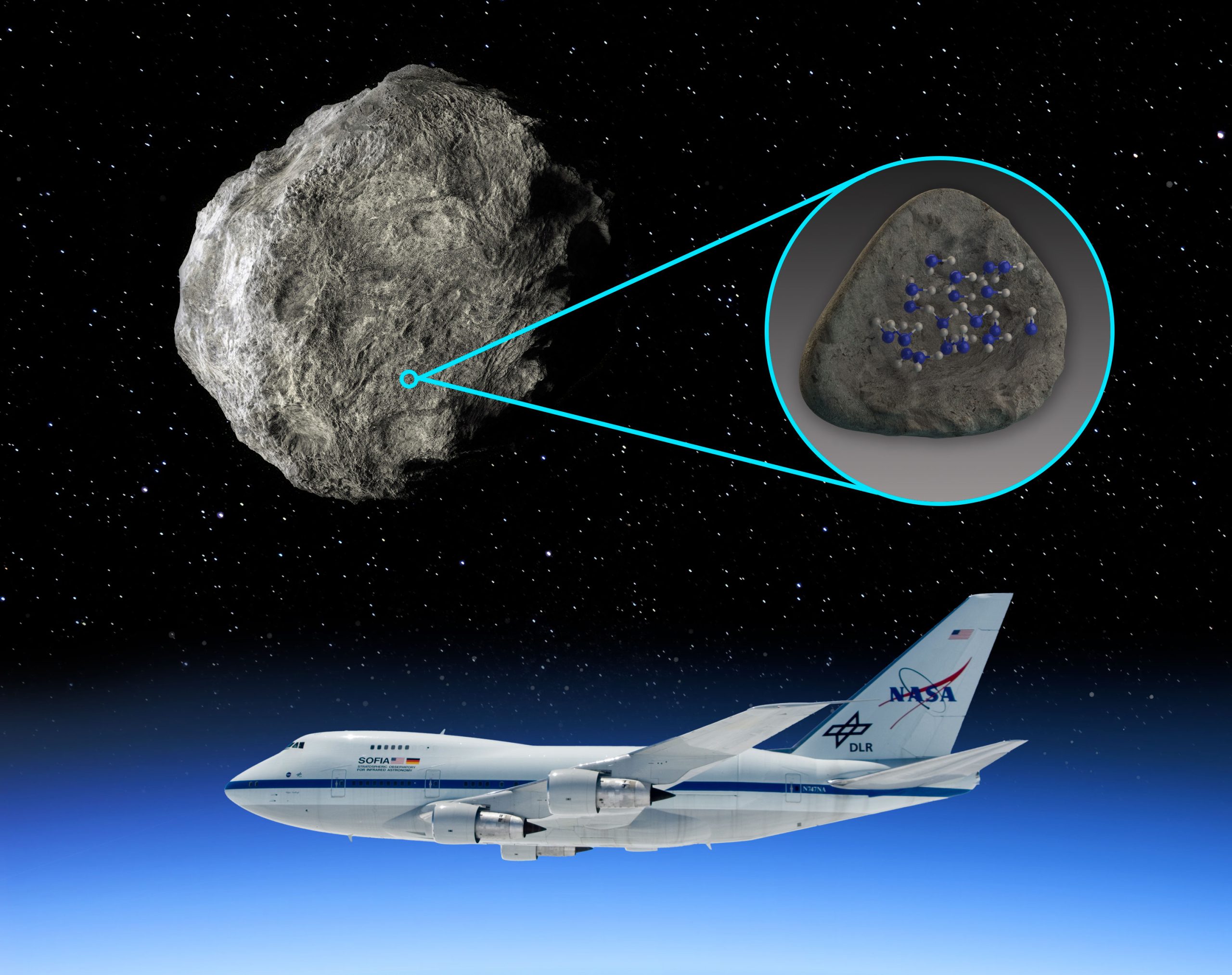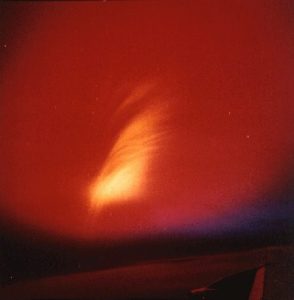Scientists Find Water Molecules on Asteroids
19th Feb 2024
A team of scientists, in conjunction with NASA and Germany’s DLR, have discovered water molecules on celestial asteroids. Significantly, the discovery is a first and has paved the way for future missions to discover water within other in-space materials.
Researchers from the Southwest Research Institute (SWRI) surveyed four separate asteroids permeated with silicon. Out of those four asteroids, two were found to possess water molecules. But for the other two, the tests were inconclusive. In spite of the mixed results, SWRI are now exploring the possibilities of other asteroids and objects holding water.
Dr. Anicia Arredondo, the lead author of the study, said: “Asteroids are leftovers from the planetary formation process, so their compositions vary depending on where they formed in the solar nebula. Of particular interest is the distribution of water on asteroids, because that can shed light on how water was delivered to Earth.”
How Was Water Found On Asteroids?
Using data extrapolated from the now-retired NASA Stratospheric Observatory for Infrared Astronomy (SOFIA) instrument, SWRI scientists surveyed four silicate-rich separate asteroids. SWRI said their scientists also used “the FORCAST instrument to isolate the mid-infrared spectral signatures”. According to their findings, two of the asteroids possessed water molecules.
The team said those particular asteroids were researched to understand the composition of in-space material. Particularly, SWRI said: “Understanding the location of asteroids and their compositions tells us how materials in the solar nebula were distributed and have evolved since formation.” This means that material that forms closer to the sun is usually drier or anhydrous. Conversely, those that form further away form under cooler, icy conditions.
Arrendondo continued: “We detected a feature unambiguously attributed to molecular water on the asteroids Iris and Massalia. We based our research on the team’s success that found molecular water on the sunlit surface of the Moon. We thought we could use SOFIA to find this spectral signature on other bodies.”
Discovering How Water Is Distributed Across The Universe
Although they’re not there yet, SWRI scientists are aiming to identify how water is distributed across the solar system. Equally, this data would enable scientists to discover how water distribution occurs in other distant and far galaxies.
Seeing as water is one of the essential elements for life, and globally, many space agencies are surveying distant objects for signs of life, this discovery may aid the process. SWRI said their research could point to where scientists should “look for potential life, both in our solar system and beyond.” Whilst other life-finding missions take place, such as NASA and Rocket Lab’s upcoming projects, SWRI’s findings could also assist in their odyssey to find life out there in the solar system.
What’s Next?
Currently, only two of the studied asteroids were found to hold water; the other two were inconclusive. This is due to the other asteroids, Parthenope and Melpomene, being “too noisy”. As such, they ultimately disrupted the sensitivity of the FORCAST instrument. Therefore, the SWRI scientist team could not unconditionally announce that water resided in all four.
Nonetheless, the journey hasn’t stopped there. Instead of taking the loss, SWRI has enlisted the help of NASA and ESA’s James Webb Space Telescope (JWST). JWST is currently the most superior infrared instrument in Earth’s orbital arsenal. As a result, it may be able to uncover what FORCAST could not. They will utilise JWST’s signal-to-noise ratio and optics to research more asteroids in the near future.
“We have conducted initial measurements for another two asteroids with Webb during cycle two. We have another proposal in for the next cycle to look at another 30 targets. These studies will increase our understanding of water distribution in the solar system,” Arredondo concluded.
The article is based on the research published in the Planetary Science Journal.







Thank you for your comment! It will be visible on the site after moderation.